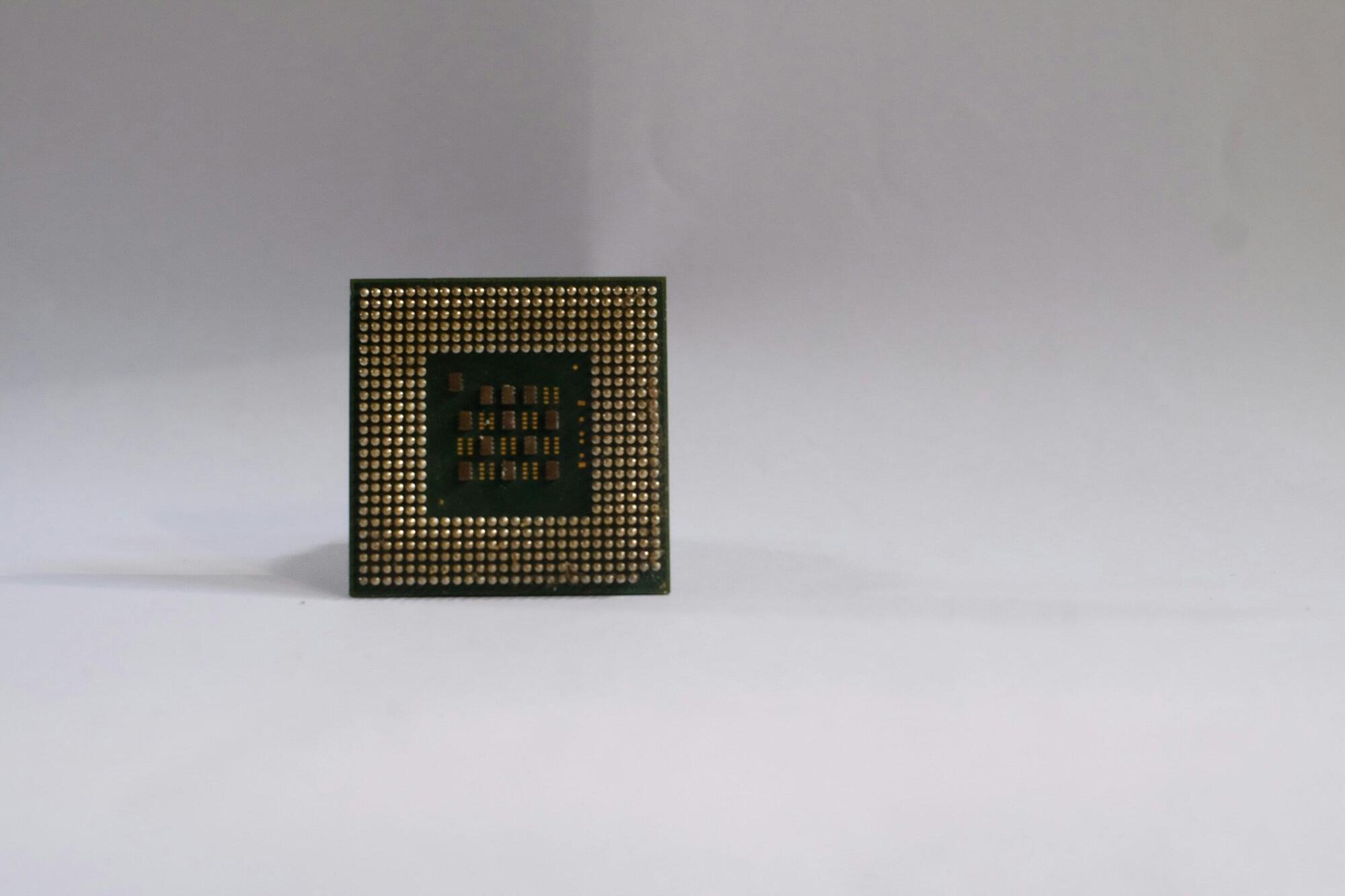Spintronics is an emerging field that leverages the spin, or the intrinsic angular momentum, of electrons. By harnessing this quantum-relativistic property, researchers aim to develop devices that store and transmit information faster, more efficiently, and at higher data densities, potentially making devices much smaller than what is possible today. These advances could drive next-generation memory, sensors, and even quantum technologies.
A key step toward this future is the control of “spin currents,” the flow of angular momentum through a material without an accompanying electrical charge current. However, spin currents have proven notoriously difficult to measure directly—until now.
In a new study, a research team led by scientists at the National Synchrotron Light Source II (NSLS-II)—a U.S. Department of Energy (DOE) Office of Science user facility at DOE’s Brookhaven National Laboratory—used a technique called resonant inelastic X-ray scattering (RIXS) to detect a current formed by the flow of magnons, quantized spin-wave excitations in a material’s magnetic structure.








